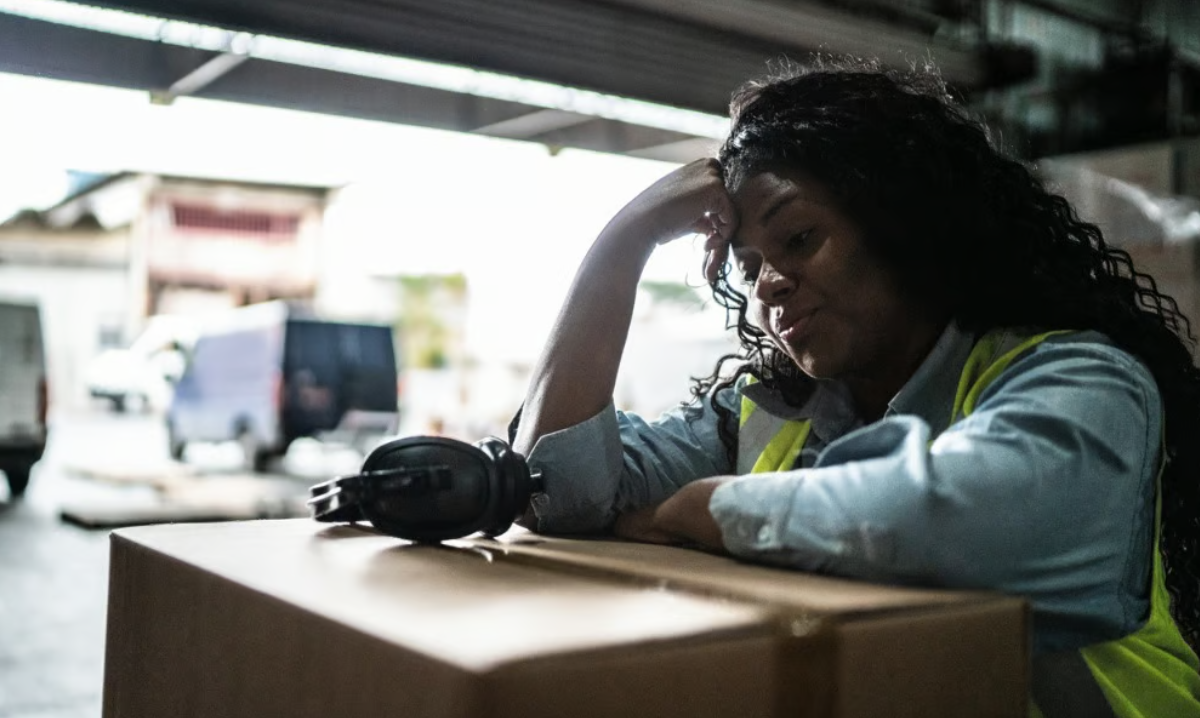How advancements are eliminating some risks and creating new ones

Canadian Occupational Safety is celebrating 60 years of publication in 2023. To mark the occasion, we are writing a series of articles that look back on the industries we cover to explore how safety practices have changed over the years.
From automation to artificial intelligence, technology has, is, and will continue to both improve safety in the mining industry, while creating new hazards. It is also changing the nature of the work and reducing the overall number of workers in the industry.
“We found about 30,000 actual miners in Canada in 1999 compared with that many in Sudbury alone in 1970,” explains Jamie Kneen, the national program co-lead with Mining Watch Canada, an industry watchdog organization established in 1999.
Kneen joined the COS Talk podcast to discuss the state of the industry, and he says automation was transforming the industry at the turn of the millennium. “We were already seeing remote control operations of some things, and now they're moving to completely automated machinery.”
Automating in the name of safety
Kneen says by and large automation has made the industry safer by reducing the interactions between humans and heavy machinery. “There are fewer people in harm's way…there are fewer people doing jobs that are dangerous,” says Kneen. But he argues the fewer number of people who are still working in high-risk settings, also face another set of safety challenges that come with working in smaller teams, or alone.
“It has implications for the small number of people who are still in that frontline heavy equipment operating capacity, because there's less of a team,” explains Kneen. He says there are fewer people to make sure the operation runs smoothly and troubleshoot problems when they arise, “if something goes wrong now, there's nobody else around you.” That also limits the level of socializing and team building happening on the job and during lunch breaks.
Overall, Kneen says technological advancements have improved frontline safety, “but they're still risky and there are still injuries and fatalities.”
Technologically new hazards
New hazards created by advanced technologies in the mining industry include those posed by battery electric vehicles. That’s one acknowledged by Kneen, but he also points to perhaps more easily overlooked functions of new jobs.
Kneen says workers in mining are becoming less active, which limits the potential for certain types of musculoskeletal injuries, but it increases the likelihood for heart disease. Kneen says there are other examples.
“If you're working in a more technical or remote-control capacity, things like carpal tunnel or repetitive strain injury are more likely than if you're actually operating a machine.”
Looking to the future, Kneen considers the implications of what happens when operators are replaced by machines and artificial intelligence. “I worry about autonomous vehicles,” says Kneen.
It’s not that he thinks they are more dangerous, but he wonders what happens when one is involved in a workplace accident. “The accountability is kind of messed up… if the artificial intelligence is driving a truck, and it does run over somebody, who's responsible?”
Kneen says you have workers, manufacturers, and programmers all potentially involved in an incident and sees the potential for it to “get really awkward.”
“I have difficulty imagining how you can train an AI to deal with things like flooding, or rockslides, or just a miner slipping, where a trained operator might be able to see what's going on.” The thought of artificial intelligence in a high-hazard workplace poses serious philosophical questions, in addition to the practical applications.
Same old risks
Automation and the role of artificial intelligence in mining will be a learning on the job type of scenario, and while they bring new hazards, a lot of the old ones still exist. Kneen says mining projects are becoming increasingly more remote. It makes it difficult to seek help when medical assistance is required. It can also add an additional hurdle for ministry of labour investigators.
Another hazard that exists is the drive to and from work. A car crash may not technically be considered a workplace accident, but Kneen says there is no denying it is related to the long hours bleary-eyed workers are putting in each day of the week.
He discusses issues around travel, the role of unions, and the fragmentation of the industry in the podcast-so much more than what can be covered in one brief article, so have a listen, when you can.





